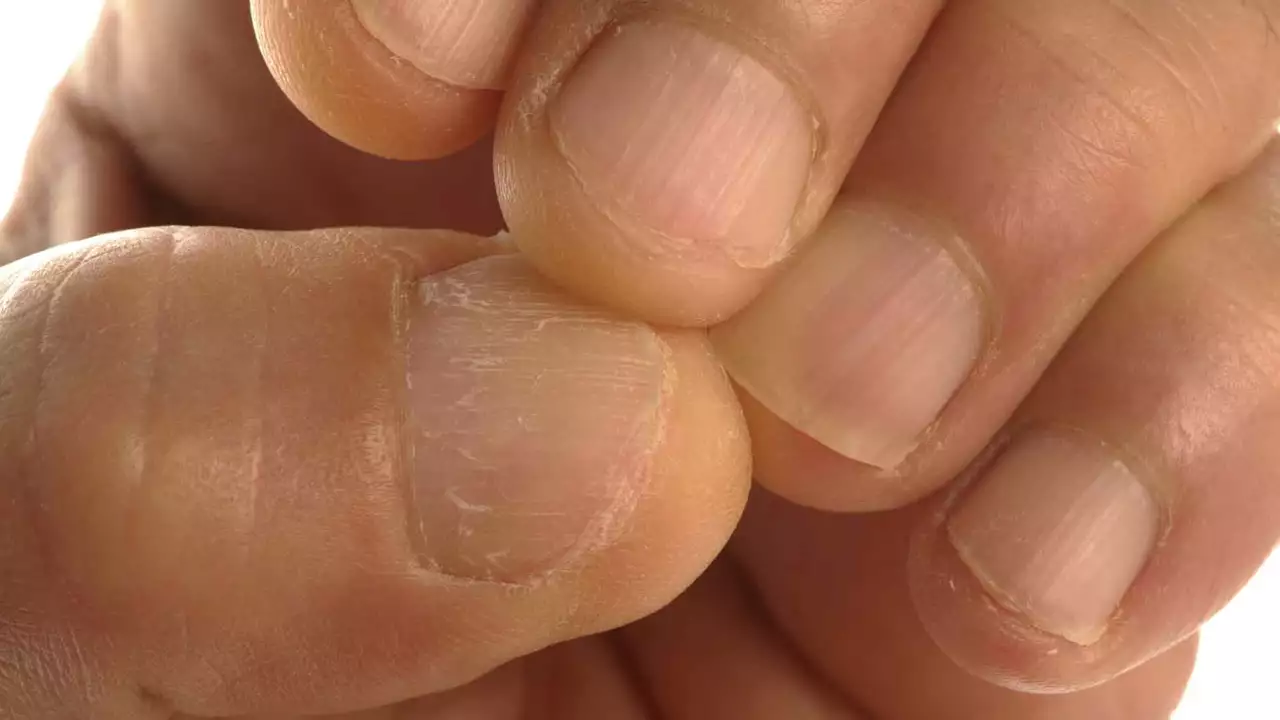Nails: Practical Care, Common Problems, and Smart Tips
Your nails tell a lot about your health and they affect how you feel. Want stronger, cleaner nails without spending hours or money? This page gives simple, useful steps you can use right away—daily care, common issues, and when to ask a pro for help.
Everyday nail care you can actually stick to
Keep nails short and shaped. Trim straight across and round the tips slightly to avoid snags. File gently in one direction; aggressive sawing creates splits. Wash hands regularly and dry them well—moisture trapped under nails invites fungus. Use a basic hand cream or a light oil on cuticles once a day to stop dryness. Avoid cutting cuticles; push them back gently after a warm shower or bath.
Pick simple tools and keep them clean. A good clippers, a fine file, and a cuticle pusher are enough. Disinfect tools after use with alcohol or boil them if they’re metal. If you get manicures, choose salons that sterilize equipment and use single-use files or buffers.
Spot common problems and what to do
Yellow, thick, or crumbly nails often mean a fungal infection. Over-the-counter antifungal creams and medicated nail lacquers help mild cases, but they take months. If nails are lifting, painful, or you see pus, see a doctor—those signs need prescription treatment. White spots usually mean minor trauma or a small mineral deficiency; they often grow out on their own.
Brittle nails that split or peel can come from frequent water exposure, harsh soaps, or nail polish remover with acetone. Cut back on acetone, wear gloves for dishes, and use a protein-rich base coat if you polish often. If nails are brittle along with hair loss, fatigue, or other symptoms, mention it to your healthcare provider—sometimes it links to thyroid issues or nutrient gaps.
Dark streaks or sudden, unexplained color changes deserve fast action. A single dark line under the nail could be a harmless bruise, but it can also signal melanoma. Don’t wait—get it checked if it’s new or growing.
Thinking of gels, acrylics, or dip powder? They look great but can hide infections and weaken nails over time. Give nails a break between treatments, and see a certified technician who uses proper ventilation and removal methods.
Nutrition matters. Eat protein, healthy fats, and foods with zinc, iron, and vitamin B12. Biotin supplements help some people with weak nails, but talk to your doctor first—food should come first.
Final quick checklist: trim and file regularly, moisturize cuticles, avoid harsh chemicals, clean tools, and see a clinician for persistent changes, pain, or infection signs. Small daily habits give the biggest results for healthier nails that actually last.
- Colin Hurd
- Aug, 1 2023
- 8 Comments
The hidden signs of vitamin deficiency in your nails, skin, and hair
Hey there, health enthusiasts! You'll be amazed to know that your nails, skin, and hair are like a health report card, revealing hidden signs of vitamin deficiency. Your nails going all brittle or showing white spots could be a shout-out for more biotin or zinc in your diet! And if your hair's losing its usual luster or your skin's feeling drier than the Sahara Desert, it might be your body's funny way of asking for more vitamin A or E. So, next time you see these signs, don't just brush them off, they might be your body's SOS for vitamins!

